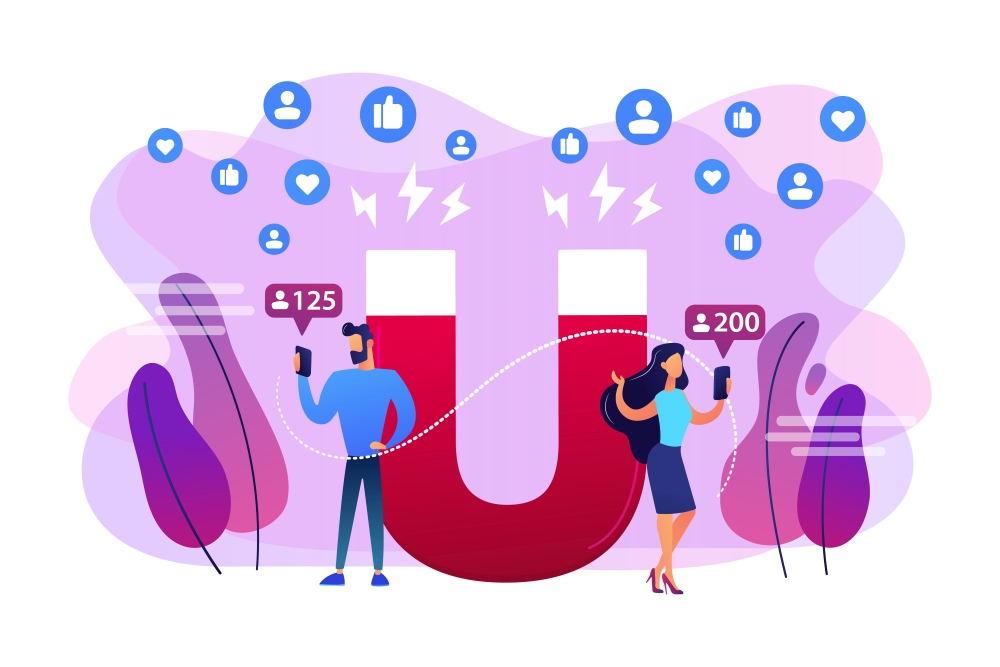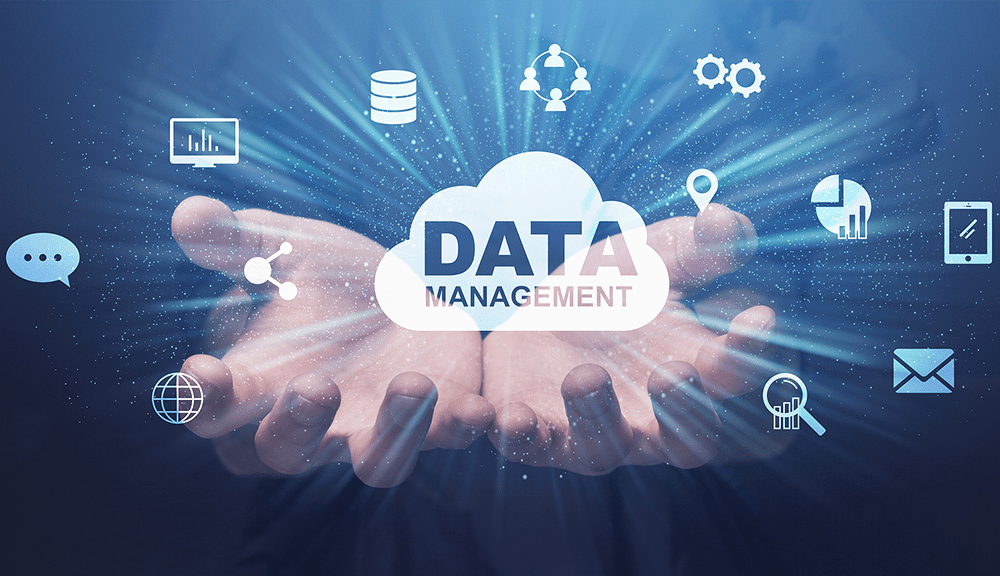When it comes to B2B lead generation, statistics underscore the paramount importance of this practice. With over 85% of B2B marketers considering lead generation their top content marketing goal, it’s evident that the significance of nurturing prospects can’t be overstated. It all starts with the right content strategy.
As legendary marketer Joe Pulizzi once said –
“Without strategy, content is just stuff, and the world has enough stuff.”
In a world inundated with information, content becomes the lighthouse guiding businesses to their desired clients. It’s this content-driven approach that sets the stage for meaningful interactions and ultimately, successful conversions.
With these statistics and words of wisdom in mind, we embark on a journey to explore the multifaceted world of B2B lead generation. This journey will delve into various content types and strategies that empower businesses to forge connections with their target audience.
As we navigate the path ahead, we’ll uncover how content is the lifeblood of B2B lead generation, and statistics and quotes will serve as our guiding stars.
1# Exploring the Landscape of B2B Lead Generation
B2B lead generation, often abbreviated as Business-to-Business lead generation, serves as the backbone of modern business practices. To understand its significance, we first need to define what it entails and why it’s essential.
What is B2B Lead Generation?
B2B lead generation is the process of identifying and nurturing potential clients or customers for businesses that cater to other businesses. It involves creating a bridge between companies and their target audience by offering valuable information, products, or services. For those new to this concept, it’s about finding the right people who are genuinely interested in what a business has to offer.
In today’s business landscape, B2B lead generation is more critical than ever. It’s not just about increasing sales; it’s about building relationships with potential clients. It’s the foundation upon which successful business growth is built, emphasizing the quality of leads over quantity.
The Role of Content in B2B Lead Generation
The backbone of B2B lead generation is content. In this context, content refers to the materials, information, and resources a business provides to attract, engage, and convert potential clients. It’s about creating valuable and relevant content that resonates with the intended audience.
The importance of content cannot be overstated. It’s what draws potential clients in and keeps them engaged. Whether it’s blog posts, whitepapers, webinars, or social media content, the right content can be the deciding factor in whether a potential lead becomes a loyal customer. It’s through content that businesses can showcase their expertise and value.
In the ever-evolving landscape of B2B lead generation, various content types come into play. Each type has its own unique strengths and applications. For instance, blogs may be great for educating potential clients, while webinars can facilitate direct engagement and interaction. The choice of content type depends on the target audience and the business’s objectives.
Content is not just a tool; it’s a strategic asset. It’s what sets the stage for meaningful interactions and conversions. It acts as the catalyst for transforming potential leads into satisfied customers. In this journey of B2B lead generation, understanding the role of content is paramount, and its significance will continue to shape the way businesses connect with their audience.
2# The Power of Content: 7 Effective Types
In the realm of B2B lead generation, content is king. But not all content is created equal. Let’s delve into the seven powerful content types that can work wonders at attracting and nurturing leads.
1# Blog Posts and Articles
Blog posts and articles serve as informational powerhouses. They draw in leads by providing valuable insights, answers to questions, and industry expertise. To optimize your blog content, focus on relevant topics, use clear language, and ensure easy navigation for readers.
2# Whitepapers and Ebooks
For in-depth knowledge sharing, whitepapers and ebooks are unbeatable. They offer comprehensive information that can position your business as an authority in your field. Compelling whitepapers and ebooks are crafted by diving deep into a subject, using data-driven insights, and presenting findings in a user-friendly manner.
3# Webinars and Video Content
Webinars and video content are like virtual handshakes with your audience. They facilitate direct engagement and create a sense of connection. To make these content types work for you, focus on delivering valuable information, fostering interaction, and ensuring high-quality production.
4# Infographics and Visual Content
Sometimes, complex ideas are best conveyed visually. Infographics and other visual content simplify intricate topics. When designing infographics, prioritize clarity and aesthetics. Visuals should not only explain but also captivate the audience.
5# Case Studies and Success Stories
Real-world examples have a profound influence on potential clients. Case studies and success stories narrate how your solutions have benefited others. To craft compelling stories, ensure a clear structure, emphasize the problem-solution-outcome pattern, and include client testimonials for authenticity.
6# Email Marketing and Drip Campaigns
Email is a versatile tool for nurturing leads. Drip campaigns provide a series of well-timed messages to guide potential clients through the decision-making process. The key to effective email marketing is delivering personalized, relevant content that speaks directly to the recipient’s needs and pain points.
7# Social Media and Interactive Content
Social media platforms have a significant impact on lead generation. They allow businesses to engage with potential clients and create communities around their brands. Interactive content, such as polls, quizzes, and contests, can boost engagement and collect valuable data.
Strategies for Pinpoint Targeting
Effective targeting is about hitting the bullseye, and it’s at the core of B2B lead generation. In the digital age, we have access to a wealth of data and insights. Utilizing this treasure trove of information, you can define and refine your ideal audience. Whether it’s demographics, behaviors, or preferences, precision targeting enables you to craft content that resonates with your audience’s unique needs, grabbing their attention.
3# Measuring Success in B2B Lead Generation
In the world of B2B lead generation, success isn’t just about reaching potential clients; it’s about quantifying that success. This section delves into the vital role of Key Performance Indicators (KPIs) and performance measurement.
Decoding the Role of KPIs
KPIs are the compass that guides your B2B lead generation journey. These metrics offer a clear understanding of your progress, ensuring you’re on the right track. From lead acquisition and conversion rates to ROI, KPIs serve as benchmarks for success. They help you gauge the effectiveness of your strategies, allowing you to make data-driven decisions.
Leveraging Performance Measurement
But it’s not enough to simply collect KPIs. The real magic happens when you use these metrics to fuel improvement. Performance measurement is the process of analyzing these KPIs, seeking patterns and insights. It’s about learning from successes and failures alike. By interpreting these data points, you can refine your strategies, optimize your content, and boost your lead generation efforts.
4# Common Challenges and How to Overcome Them
The path of B2B lead generation is not without its hurdles.
Here are 3 points to look after –
Identifying the Right Channels: Selecting the most effective channels for lead generation can be a puzzle. With an ever-expanding list of platforms, it’s crucial to identify where your potential clients are active. By conducting thorough research and leveraging analytics, you can pinpoint the right channels for your audience.
Content Relevance: In an age of information overload, breaking through the noise can be challenging. Your content must resonate with your target audience. Utilize buyer personas, conduct surveys, and engage in regular feedback loops to ensure your content remains relevant.
Lead Nurturing: Not all leads are ready to convert immediately. Nurturing these leads through effective email campaigns and content personalization is essential. Building trust and maintaining engagement is key to successful lead nurturing.
Conclusion
In the ever-evolving landscape of B2B lead generation, one thing remains constant – the significance of compelling content. The journey starts with understanding the basics, recognizing the power of diverse content types, and striving for personalized engagement. It involves setting measurable KPIs and measuring progress consistently. Challenges may arise, but with the right strategies, these hurdles can be overcome.
If you want to get more results in B2B lead generation, Pangea Global Services is here to help. To learn more contact us now.
FAQs
What is B2B lead generation, and why is it important?
B2B lead generation is the process of identifying and attracting potential business customers interested in your products or services. It’s crucial for growing your customer base and revenue.
Why do I need specific content types for B2B lead generation?
B2B audiences have distinct needs and preferences. Tailoring your content to address these can significantly increase your success in attracting and converting leads.
What are some common content types for B2B lead generation?
Common content types include whitepapers, case studies, webinars, ebooks, blog posts, infographics, and videos.
How do whitepapers contribute to B2B lead generation?
Whitepapers are in-depth reports that offer valuable insights, solutions, and data. They establish your authority and help attract leads seeking in-depth knowledge.






